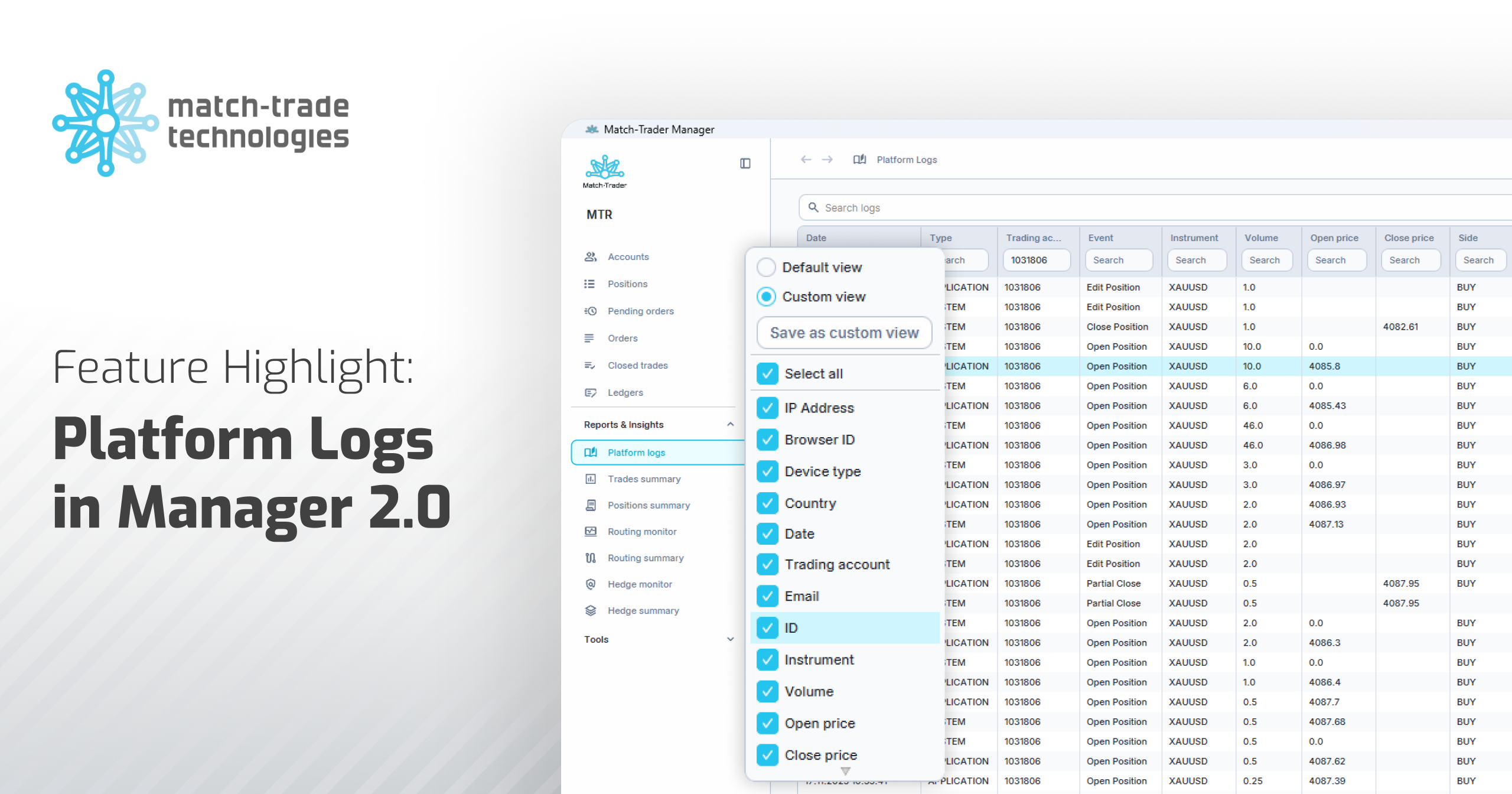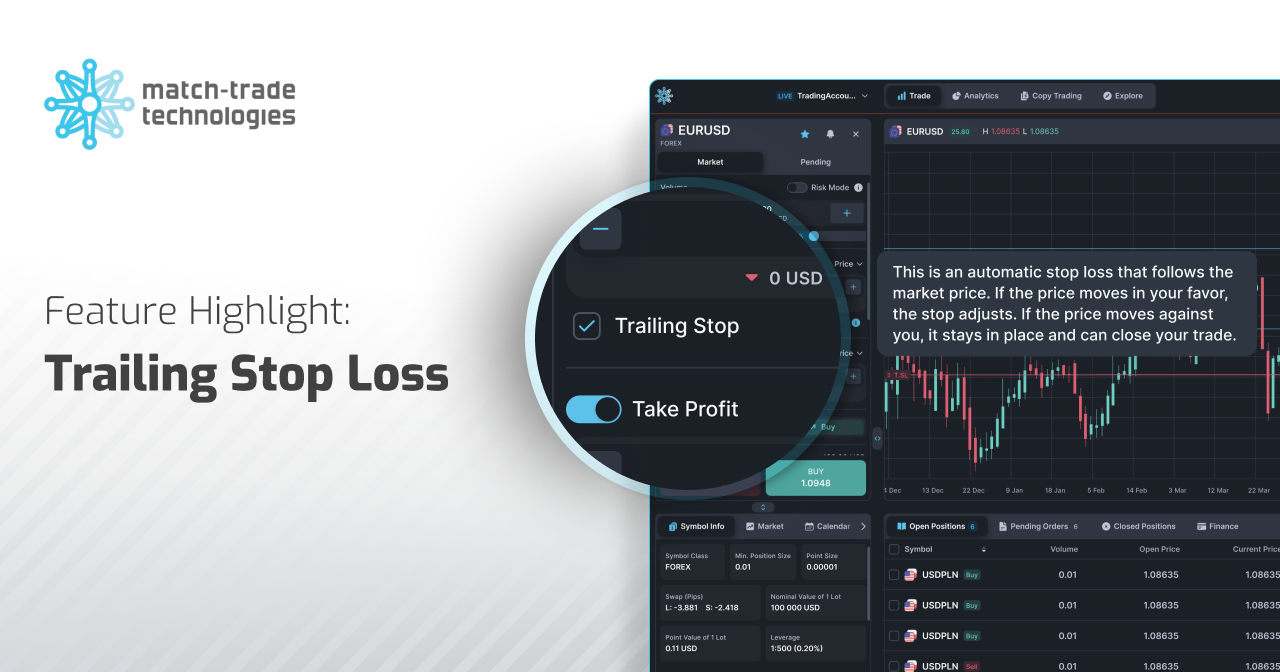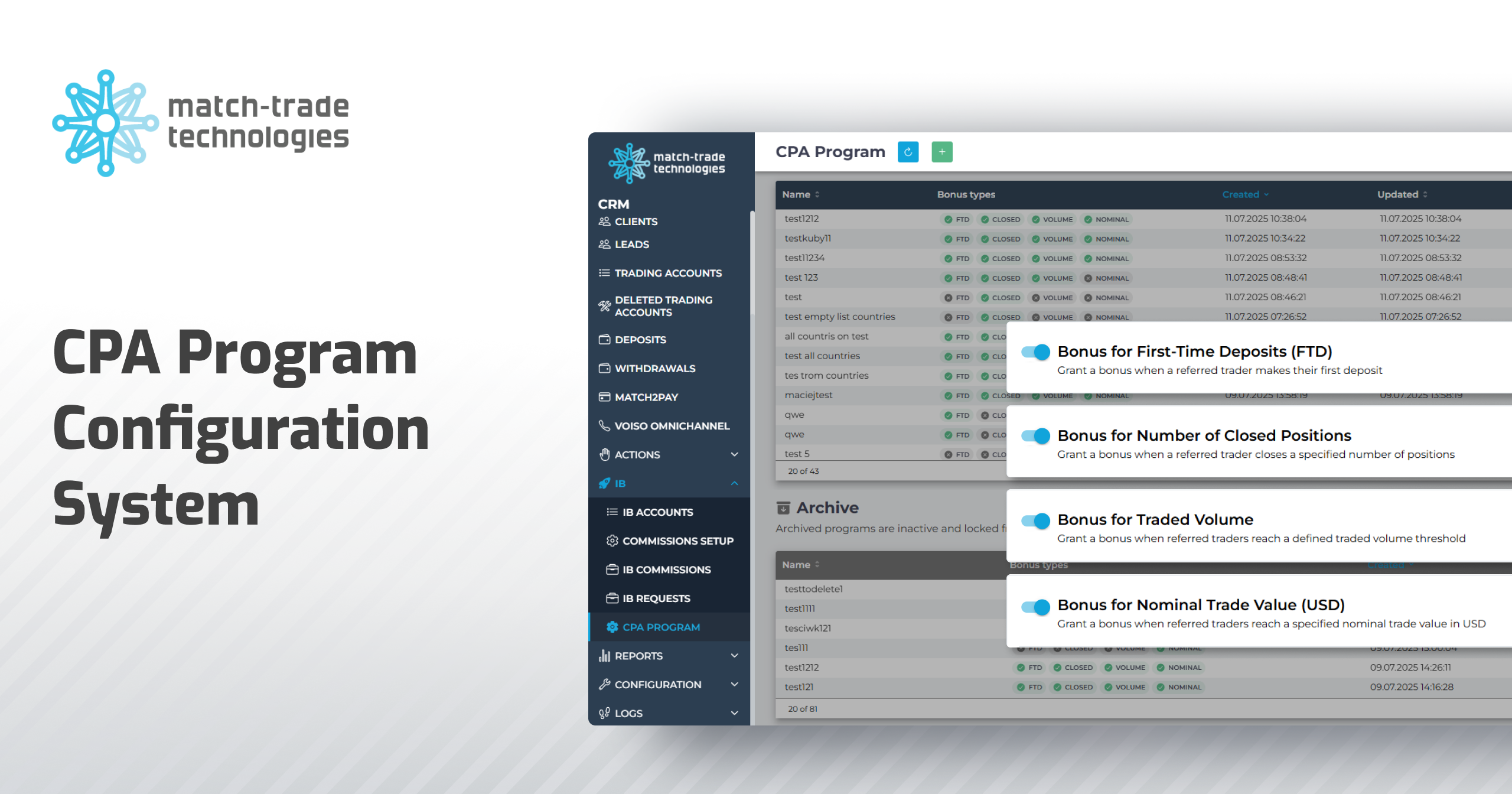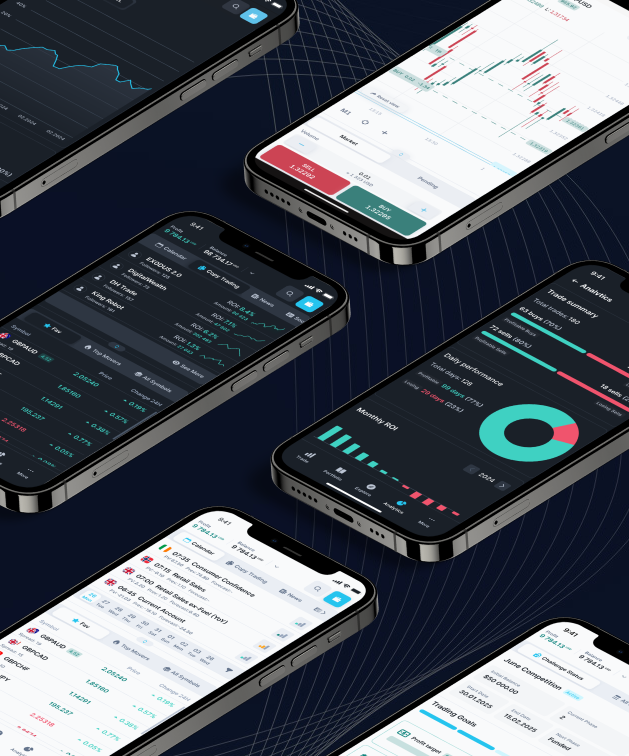It is a fundamental question that should be answered before any broker enters a long-term agreement with a technology provider. Of course, there are very different setups that will impact the final price, but it is good to know the prices available in the market for standardized products such as WLs, Bridges, Forex CRMs or Liquidity.
This article will focus mainly on White Labels, which are a must-have product to start a professional brokerage firm. Additionally, WL providers usually offer other corresponding services in the package, so there is no real need to look for each product from a different provider. Therefore it is essential to choose a provider that will offer a wide range of products in his portfolio.
There are providers on the market, which have very different models of charging for their services. We can distinguish 3 types of pricing:
- Net deposit percentage fees
- Volume (turnover) based fees
- Fixed fees with addons
What is the reason to pay for broker’s deposits?
The first model is pretty simple but also a bit controversial from a broker’s viewpoint. This kind of WL providers charges brokers a percentage (usually around 7%) of the total net deposits brokers acquired while using the system. These fees are typically charged monthly, and the rate can decrease if certain amount thresholds are met. It is worth mentioning that WL providers who offer this pricing model usually provide the platform with a CRM in one package. CRM plays a crucial role in the onboarding and money transferring process in this setup. Thus, it’s the reason explaining the charging model. Usually brokers who take these WL packages are looking for very sales-oriented CRMs, which allow them to call and convert a high number of leads using a call centre. The disadvantage of this model is that brokers usually need to make B-Book trading; as in the A-Book model, this type of pricing would be highly unprofitable.
Turnover fees – what rate is reasonable?
The second model is the most popular in the market. Many technology providers charge fees for generated turnover, which goes through the trading platform or bridges. Usually, it is a specific rate x USD per million USD turnover (e.g. 5 USD / million USD). Still, sometimes technology providers charge per lot round-turn (100k USD closed position), making it a bit harder to compare. Charging for turnover is reasonable because the more volume is generated, the more server and technical support resources are consumed. The only question is what commission level should be charged to have it fair for both parties. From our observations, rates between 3-5 USD per million (depending on generated volume) are reasonable to receive a desirable WL service and support level. If you would like to compare it with fees per lot, it would be around 0.6-1 USD per closed lot. Brokers should remember that technology providers also bear significant costs of maintaining the qualified broker support and development teams, IT platform infrastructure or surrounding products such as bridges, CRMs or liquidity, which very often come in one package with WLs.
Are the fixed fees really the best for brokers?
The last type of providers is the ones who usually charge simple flat fees. This can be very attractive at first glance from a broker point of view; however, it is good also to look a bit more forward. Usually, technology providers who charge fixed fees are small, and their main advantage is their pricing. They charge low fees, so they don’t have enough money to develop their products, which could enhance their offer. This is a short-term strategy because companies that don’t develop will gradually lose the competitive edge, and their clients will also suffer by sticking to them. This is why choosing a good partner at the beginning of the path is crucial, who will support brokers and enable them to go to the next level when they become bigger and more professional.
How then brokers should combine the good model based on turnover fees with the desire to pay the predictable fees. One solution technology providers offer is the monthly caps, which are the maximum levels of the monthly fees paid by the brokers regardless of the turnover they achieve. Thanks to this approach, brokers will be able to estimate the maximum amounts they will pay for technology. Usually, the caps should not surpass 40-50k USD for a single WL, but of course, it will also depend on the scope of services brokers receive from the providers.
How much should you pay in the beginning?
Above mentioned amounts are, of course, for brokers who will generate volumes exceeding the caps; if we are talking about startup brokers, the service fees paid should not exceed 3-5k USD, including White Labels, dedicated CRM and Bridge with integrated liquidity. In other words, 15-20k USD should be enough to start a Forex Broker and maintain it for at least 3 months without generating any profits. Of course, there are more expensive platforms or technology providers, but you should think twice before going with them. Brokers should also be aware that most technology providers are reselling the platforms of Metaquotes (Metatrader 4 or Metatrader 5). It means that brokers must pay double fees, one for the service provider and the second to the actual platform provider (Metaquotes). It makes it much more expensive unless you take the full Metatrader 5 license from Metaquotes, but you will also need to buy additional services such as CRMs, Bridges, PAMM/MAM on the market.
Therefore if brokers would like to minimize the costs, they should pay attention to in-house developed platforms, which exist on the market at more affordable prices. They are less popular than Metaquotes products, but apart from the better price, they can also give a broker a significant advantage to stand out from the competition.
Beware of untrusted partners
Startup brokers should also be aware that some technology providers are good with sales, PR and Marketing, but not necessarily with the quality of products and support. Their sales teams can promise you everything you want to get you onboard, but they will not bother themselves after all if you really get it or how much it will cost you additionally. This is also a short-term strategy used to deceive potential customers about the actual offer. These types of companies promote themselves in many places, but you need to be aware that such intensive promotion usually costs a lot of money, which the end-user usually needs to bear. This is why brokers, before deciding, should compare the prices from at least 2-3 sources and not necessarily only the ones with the most flashy websites. Unfortunately, suppose you make a wrong decision about the technology partner. In that case, consequences can significantly affect your business in the future, as changing the partner is always a matter of cost and time.





